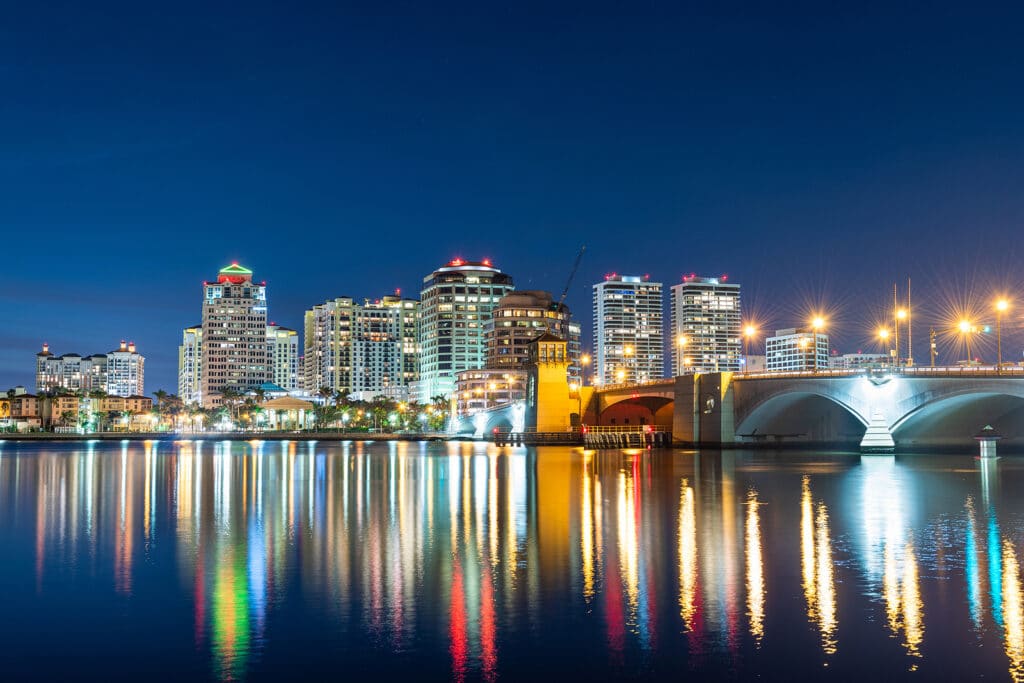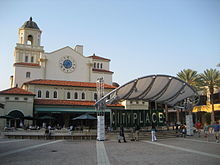West Palm Beach's #1 Resource for Senior Home Care in West Palm Beach
When you fill out this form, we will send you a list of recommendations for your local area, by email.

Senior In-Home Care Experts finds the best care in the following categories:
Companion care in West Palm Beach
This is a solution that gives emotional support and also companionship for seniors who may be healthy or ailing. These services, which include not only psychological health but likewise non-medical aid to make life far more workable in the home atmosphere, frequently permit individuals to remain at their own homes instead of getting in long-term assisted living facilities. These solutions are normally paid for by ” individual pay” or long-term care insurance.
Personal Care at Home in West Palm Beach
Personal care includes bathing, dressing, toileting, transferring (from a bed to a chair), grooming, feeding and other personal care needs. These services are typically paid for by “private pay” or long-term care insurance.
Skilled Nursing Care at Home in West Palm Beach
Skilled Nursing means that a RN or LPN comes to the house to take care of medical necessities. Medications, education, wound care etc.
Alzheimer’s In-Home Care in West Palm Beach
Alzheimer’s in-home care means having a private home health aide or caregiver come to your home. These services are “private pay” or paid for by long-term care insurance.
Hourly Home Care in West Palm Beach
Hourly home care is care that is paid for by the hour. This can mean 24 hour home care that is paid hourly (as opposed to live-in care). This can also mean 4 to 8 hours shifts or 12-hour shifts. This is a great choice for clients who need a caregiver to stay awake at night. These services are typically paid for by “private pay” or long-term care insurance.
Live-In Home Care in West Palm Beach
Live-In Home Care means that the caregiver lives in your home 24/7. They must have their own room and are allowed breaks, as well as days off. This type of caregiver sleeps during the night. These services are typically paid for by “private pay” or long-term care insurance.
Map of West Palm Beach
.
About West Palm Beach
West Palm Beach is located in the state of Florida, in Palm Beach County.
Zip Codes include:
33411,33412,33417,33409,33407,33405,33401,33402,33422
Senior In-Home Experts Referral Area
West Palm Beach is a city in and the county seat of Palm Beach County, Florida, United States.[8] It is located immediately to the west of the adjacent Palm Beach, which is situated on a barrier island across the Lake Worth Lagoon. The population was 99,919 at the 2010 census. West Palm Beach is a principal city of the Miami metropolitan area, which was home to an estimated 6,158,824 people in 2017.[9] It is the oldest incorporated municipality in the South Florida area, incorporated as a city two years before Miami in November 1894. West Palm Beach is located approximately 68 miles (109 km) north of Downtown Miami.
According to the United States Census Bureau, this city has a total area of 58.2 square miles (151 km2), of which 55.1 square miles (143 km2) is land and 3.1 square miles (8.0 km2) (5.26%) is water.
Due to vast areas of wetland immediately to the west of the city’s downtown, growth took place to the north and south in a linear fashion. Until the 1960s, the city was no more than several blocks wide but over 100 blocks in length. Large scale development finally expanded to the west of the city with improved access and drainage in the 1960s. However, the city boundaries were not expanded much with the exception of the “Water Catchment Area”, an uninhabited area in the northwest part of the city. Known as Grassy Waters, it now serves as a reservoir for the city drinking water as well as a nature preserve.[36]
Norton Museum of Art: is the largest art museum in Florida and also organizes traveling exhibits. The permanent collection features 19th and 20th century European and American art, Chinese, contemporary art and photography.
Raymond F. Kravis Center for the Performing Arts: Built in 1992, the Kravis Center hosts performances of music, dance, opera and theatre.
Meyer Amphitheater: An abandoned Holiday Inn, demolished on New Year’s Eve 1993 and transformed into an outdoor waterfront amphitheater.
Richard and Pat Johnson Palm Beach County History Museum: is operated and maintained by the Historical Society of Palm Beach County,[56] and is in the Historic 1916 Court House in downtown West Palm Beach. The museum provides access to Palm Beach County history through on-site investigation in the Research Library, on-line research on www.pbchistoryonline.org, the Public Programming Series and the Distinguished Lecture Series. The museum is free to visitors and offers Docent-led tours for adults and school groups.
Palm Beach County Convention Center: A complex with 350,000 square feet (33,000 m2) of exhibit halls and meeting rooms in downtown West Palm Beach.
Harriet Himmel Theater: is a multi-use theater and historic church, and is the cultural centerpiece of CityPlace
The Carefree Theatre: Built in 1940, in the historic Flamingo Park district, it was variously an art house cinema and alternative music performance venue until severely damaged by Hurricane Wilma.
There is a Jewish community offering learning and cultural activities.[57][58]
The beginning of the historic period in south Florida is marked by Juan Ponce de León‘s first contact with native people in 1513. Europeans found a thriving native population, which they categorized into separate tribes: the Mayaimi in the Lake Okeechobee Basin and the Jaega and Ais people in the East Okeechobee area and on the east coast north of the Tequesta. When the Spanish arrived, there were perhaps about 20,000 Native Americans in south Florida. By 1763, when the English gained control of Florida, the native peoples had all but been wiped out through war, enslavement, or European diseases.[10]
Other native peoples from Alabama and Georgia moved into Florida in the early 18th century. They were of varied ancestry, but Europeans called them all “Creeks.” In Florida, they were known as the Seminole and Miccosukee Indians. The Seminoles clashed with American settlers over land and over escaped slaves who found refuge among them. They resisted the government’s efforts to move them to the Indian Territory west of the Mississippi River. Between 1818 and 1858, three wars were fought between Seminoles and the United States government. By 1858, there were very few Seminoles remaining in Florida.[11]


